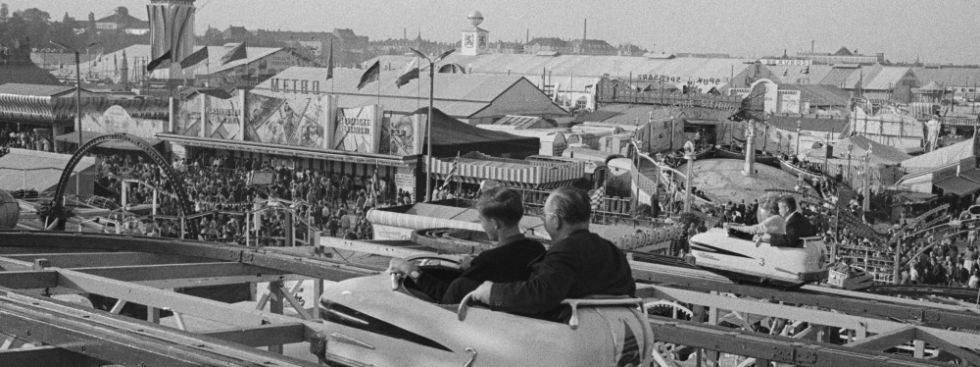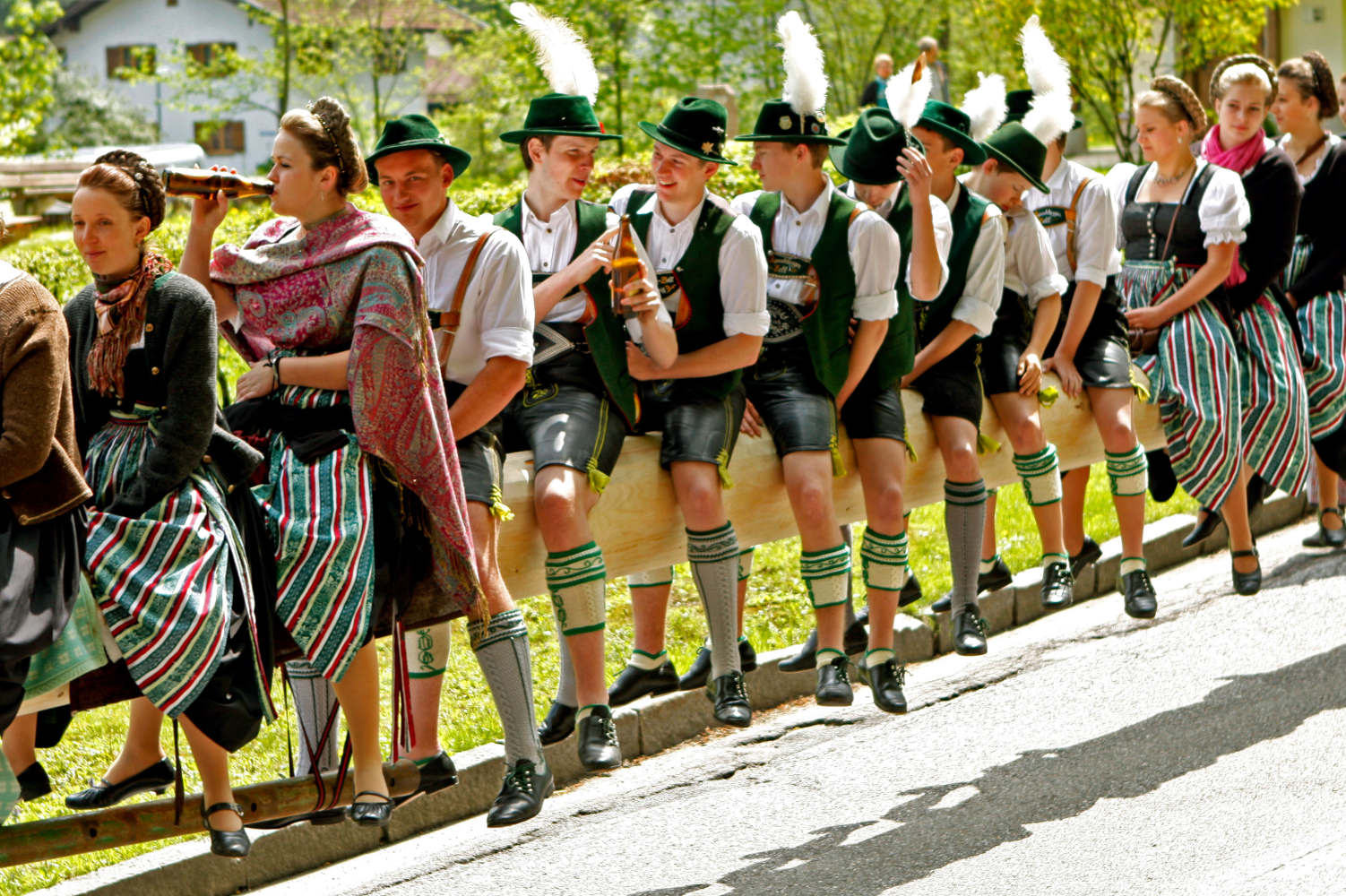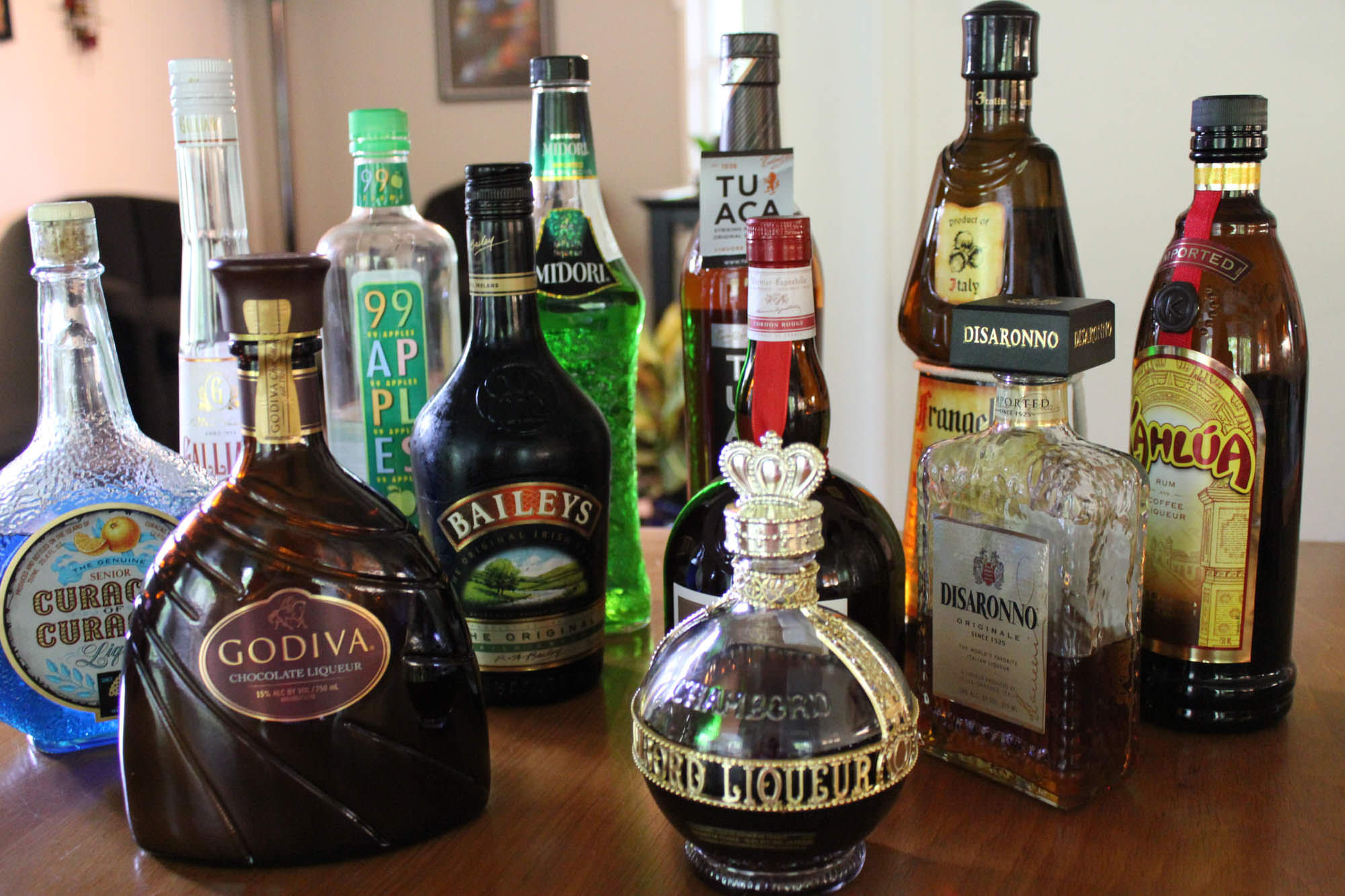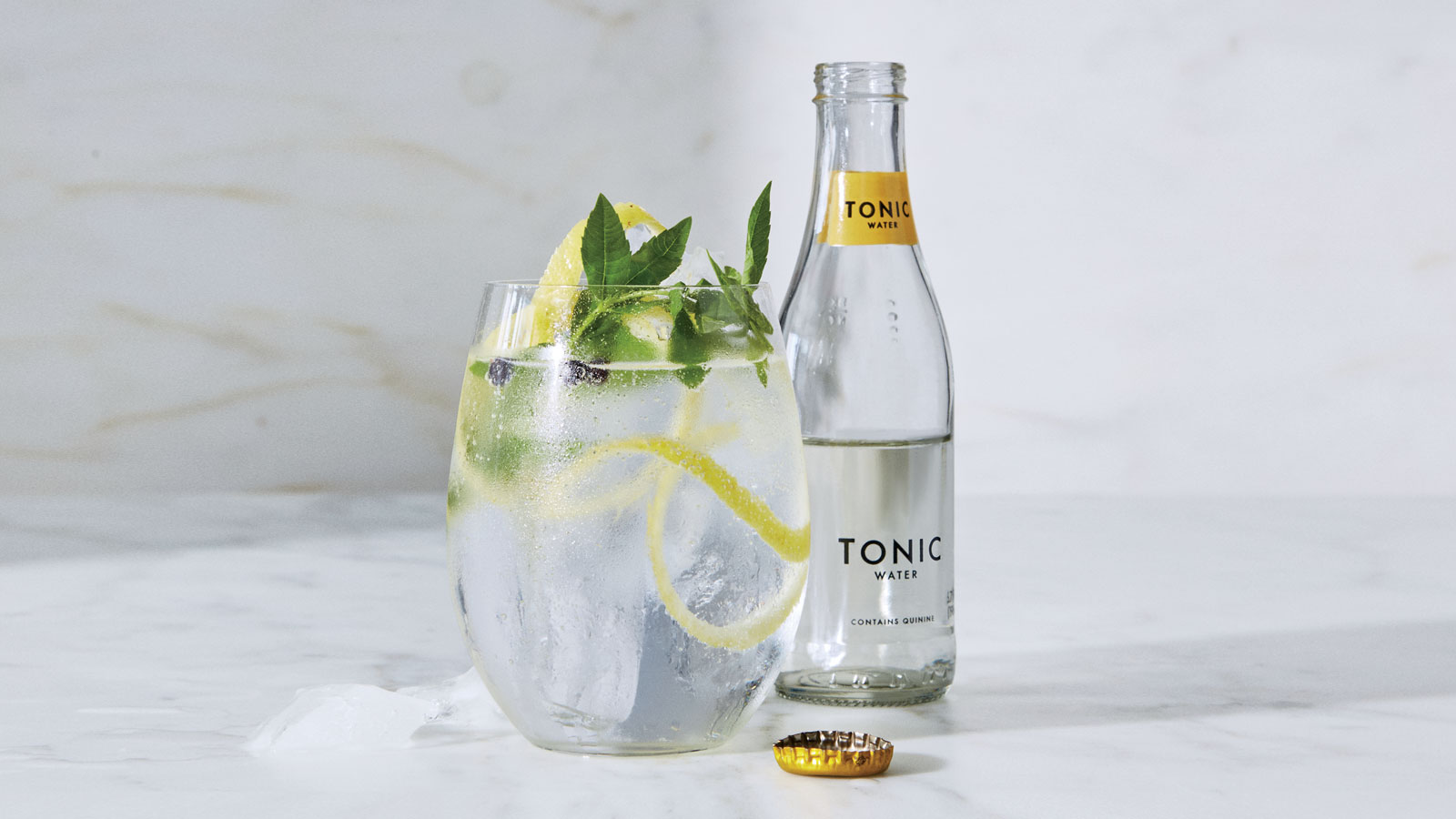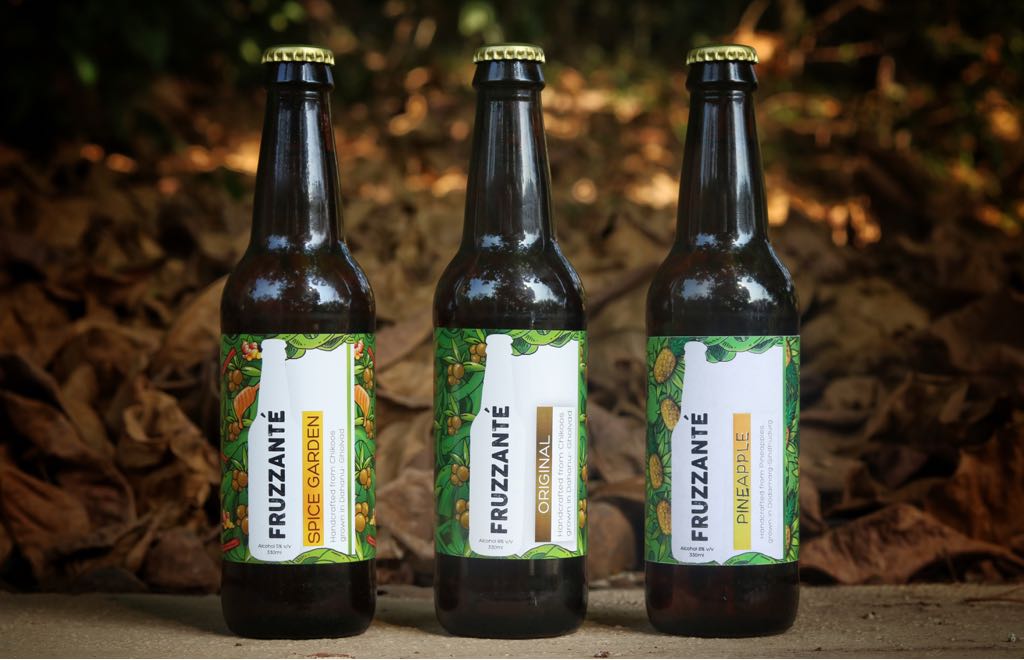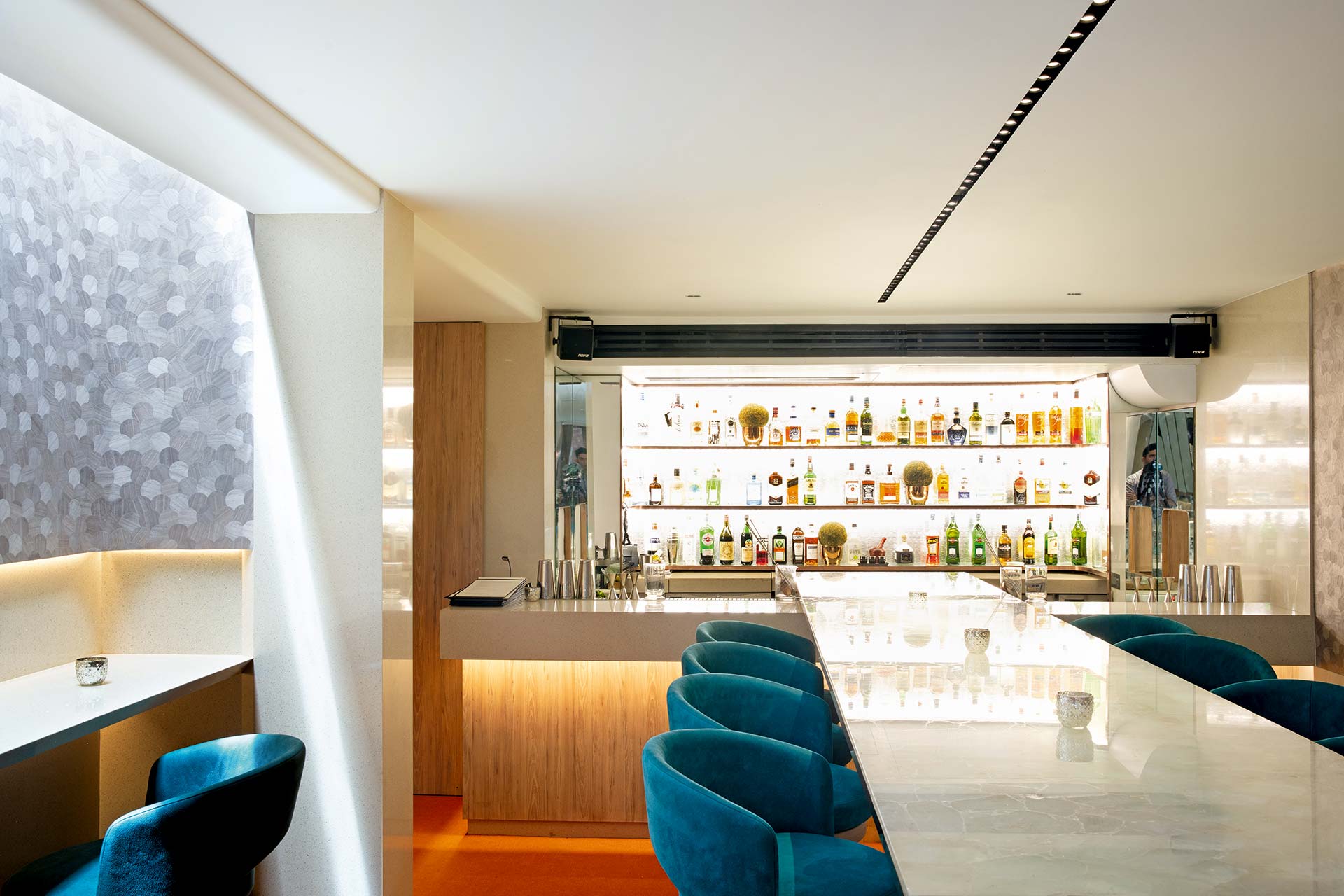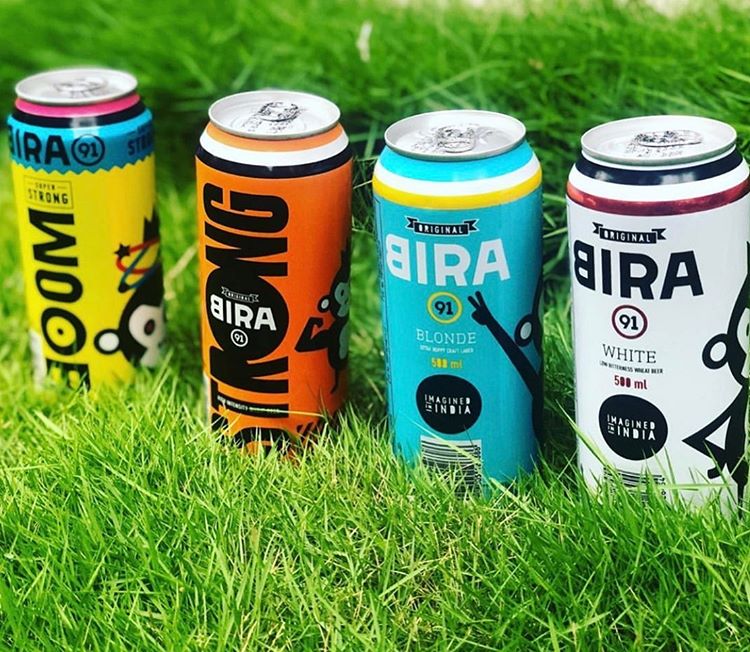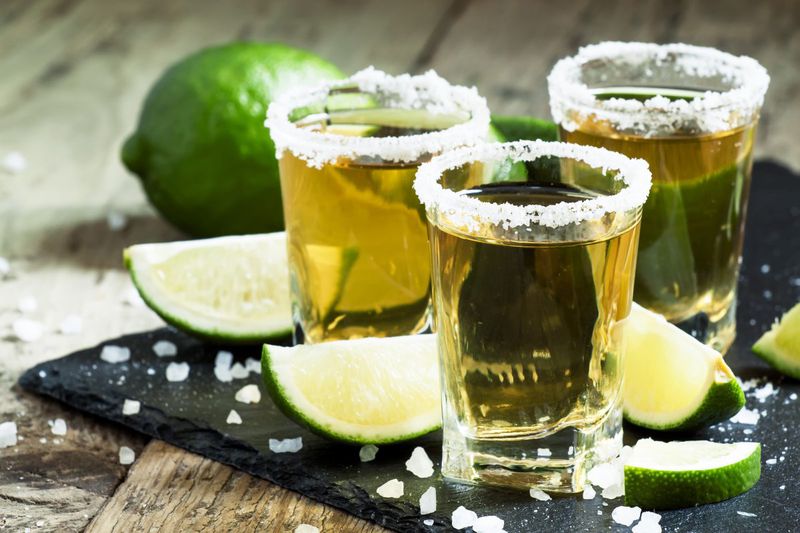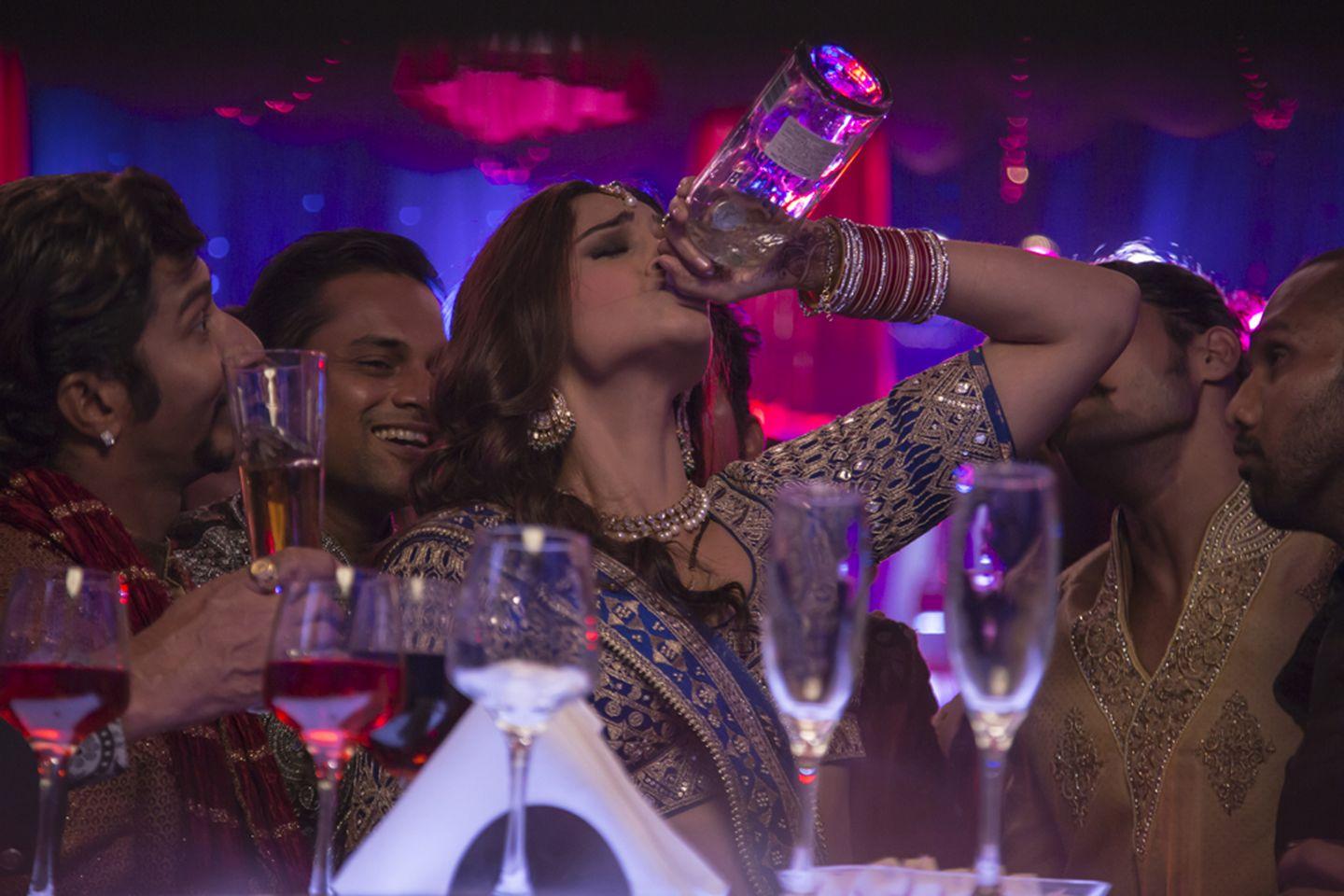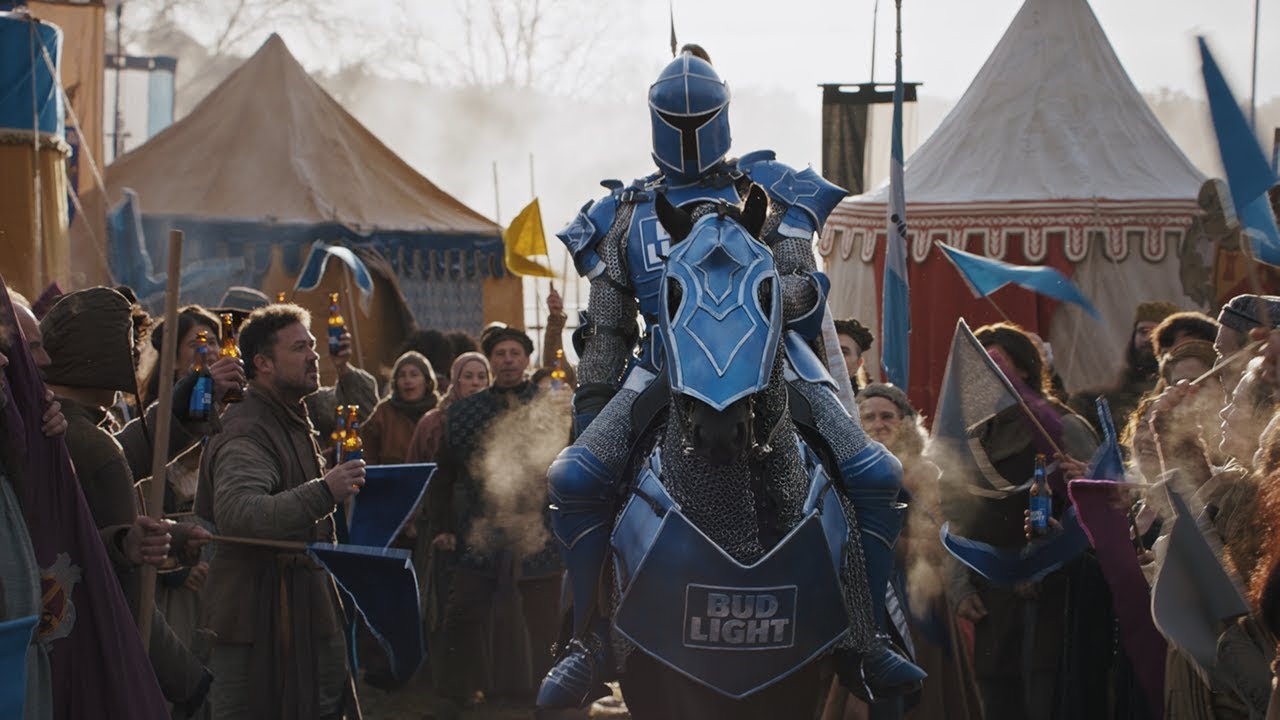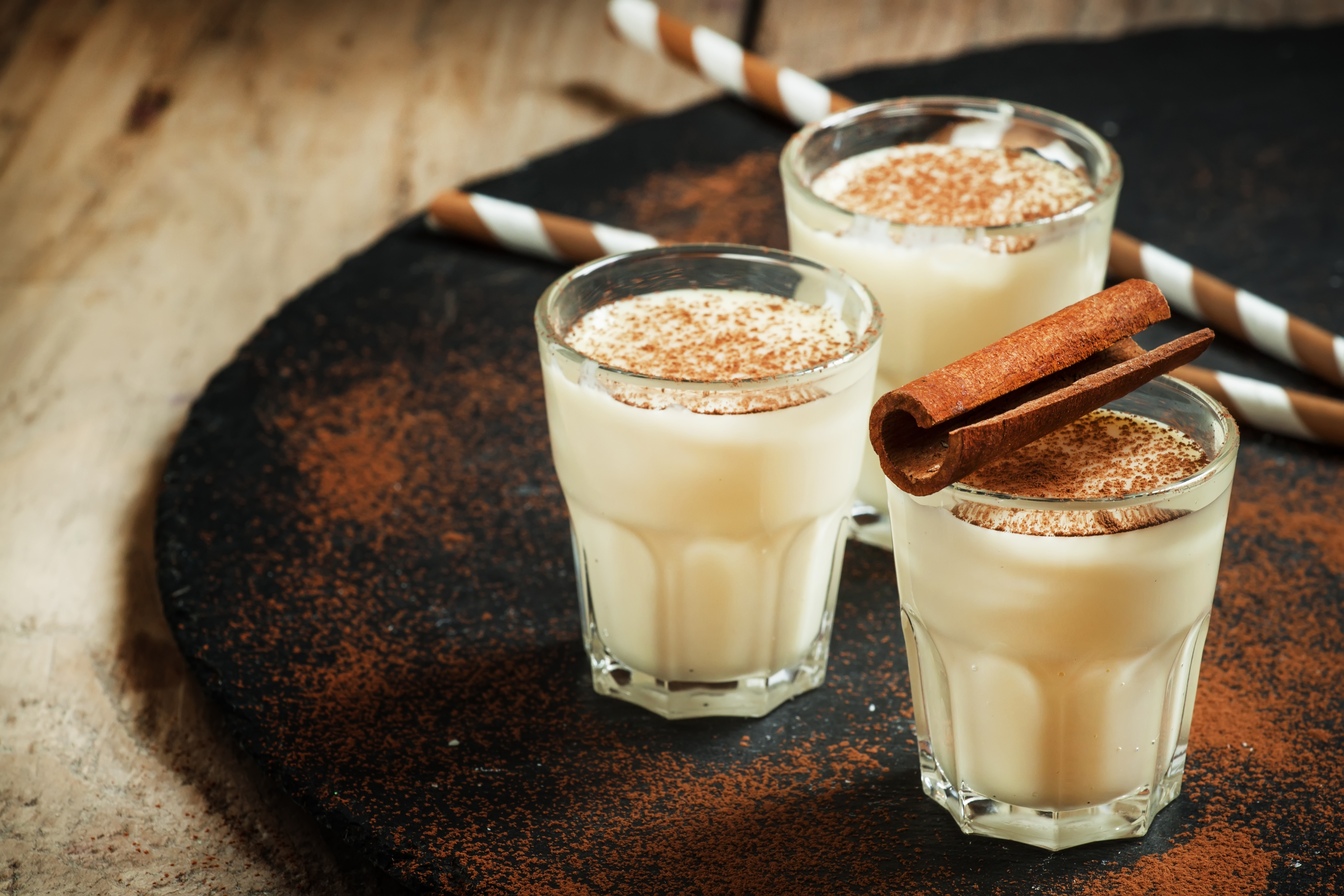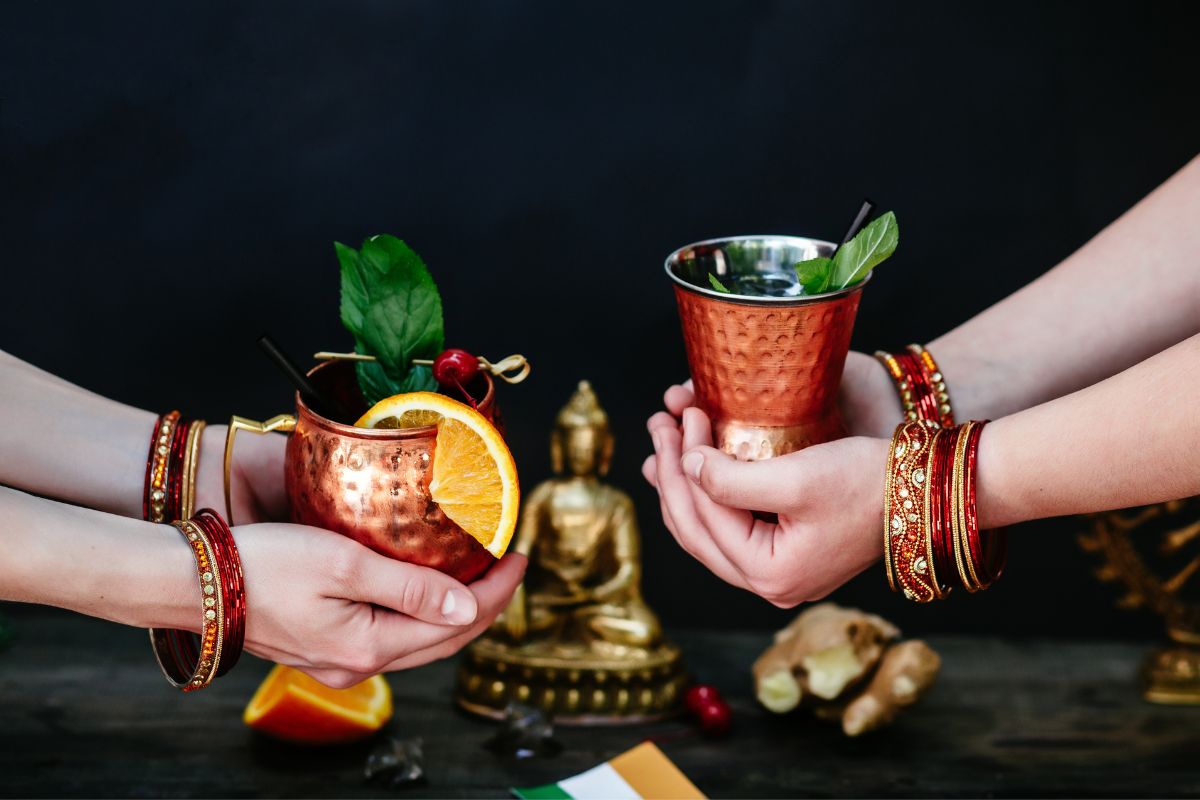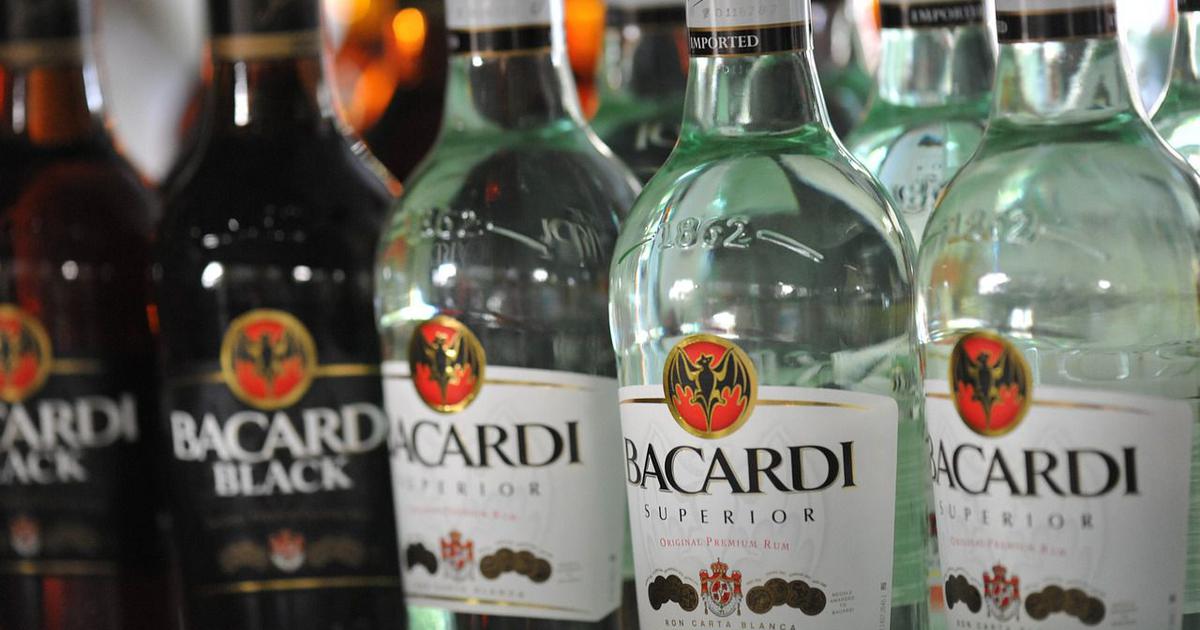Looking back at the origins of the Oktoberfest and the journey over the years.

It’s that time of the year when every beer enthusiast celebrates their favourite month. This often involves an endless supply of beer and a whole lot of barrels of high end brews. Well if you’re one of the people wondering why they start celebrating Oktoberfest in September, today we’re breaking it down for you.
Going back to the year 1810, when Crown Prince Ludwig of Bavaria (later King Ludwig I) was married to Princess Therese of Saxony-Hildburghausen on October 12. The citizens of Munich were invited to attend the festivities organised in the fields, in front of the city gates. This was followed by a horse race in the royal couple’s honor. Since then these fields have been called ‘Theresienwiese’ (Teresa’s Meadow), shortened to Wies’n. The decision of repeating the horse race the subsequent year, is said to have led to the ritual of celebrating Oktoberfest.
In order to promote agriculture, and the economy of Bavaria, an agricultural fair was organised alongside the horse race in 1811. Post 1819, the citizens of Munich took upon the responsibility of organising Oktoberfest. Thus, turning it into an annual event there onwards. The horse race was last held in 1960, however the agricultural fest is still organised every three years.

Oktoberfest, being the biggest Volksfest in the world, is celebrated across a span of 16-18 days. The dates for celebrating this folk fest were extended and brought forward, so that the attendees can take advantage of the longer and warmer days of September. However, the festival has been cancelled for a total of twenty four times, owing to cholera outbreaks and during years of war.
Carnival booths appeared as early as 1818 with carousels, swings and other attractions. Up until 1896, attendees quenched their thirst at small beer stands which transformed into beer tents and halls. Electric lighting first illuminated the tents in 1880. The Bräurosl, built in 1913 was the largest tent with 12,000 seats. Today the largest tent Hofbräu holds a total of 10,000 people whereas the Bräurosl holds 8,400 people.

Every year the festival opens with a 12-gun salute at noon, followed by the Mayor of Munich tapping the first keg of Oktoberfest beer. The first litre of beer is then offered to the Minister – President of the State of Bavaria. But the festivities officially begin only after the parades that include traditional marksmen’s clubs, beer-tent waitresses, and landlords. People participating in the festival wear traditional apparel, that includes traditional Bavarian outfits (trachten), Bavarian hats (Tirolerhüte), Drindls and Lederhosen.

The first year of Oktoberfest saw a consumption of 120,000 litres of beer, while this year’s empty barrels show up to 7.5 million litres of beer. People have grown to really enjoy their Märzen over the years. All the attractions, coupled with a lot of beer (and wine) makes Oktoberfest a part of everyone’s bucket list. To know more about the traditional beer of Oktoberfest, check our story tomorrow.
